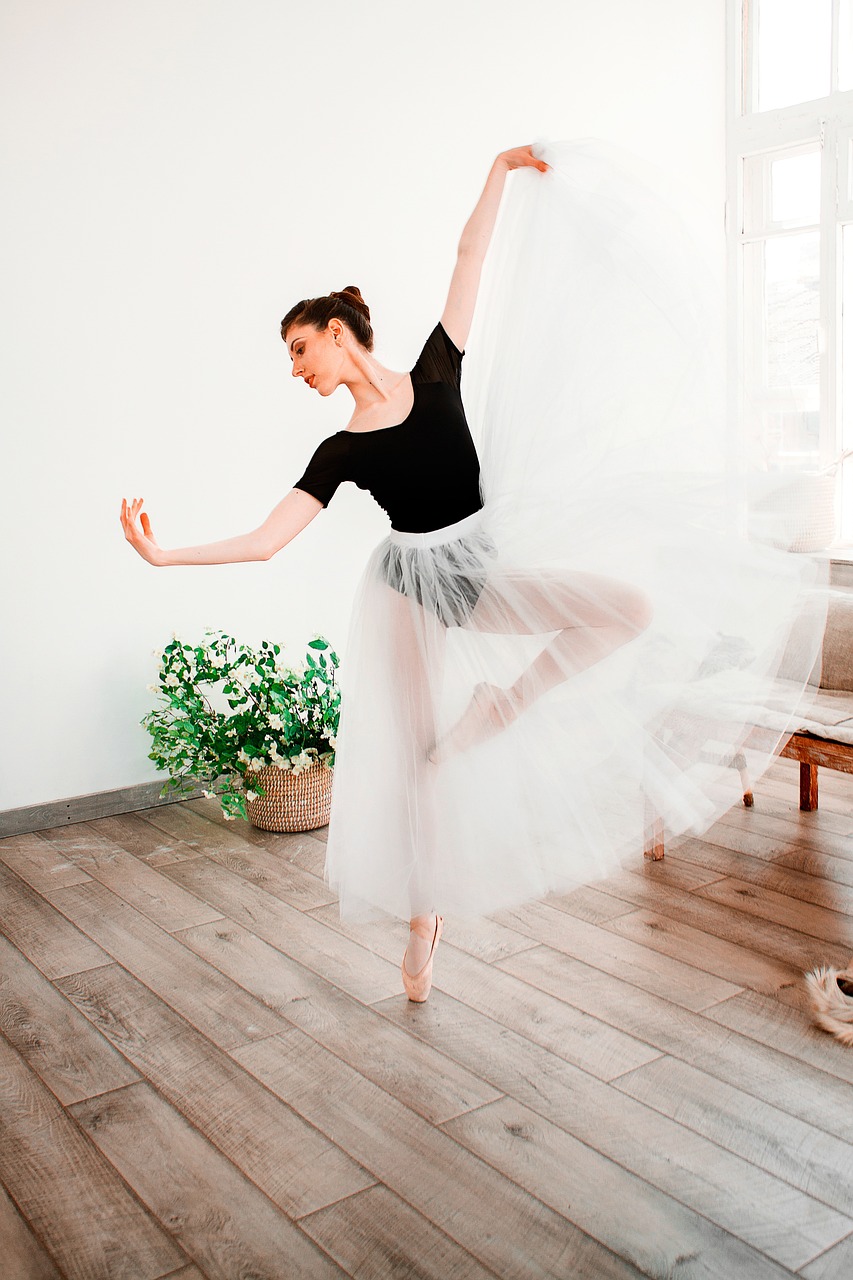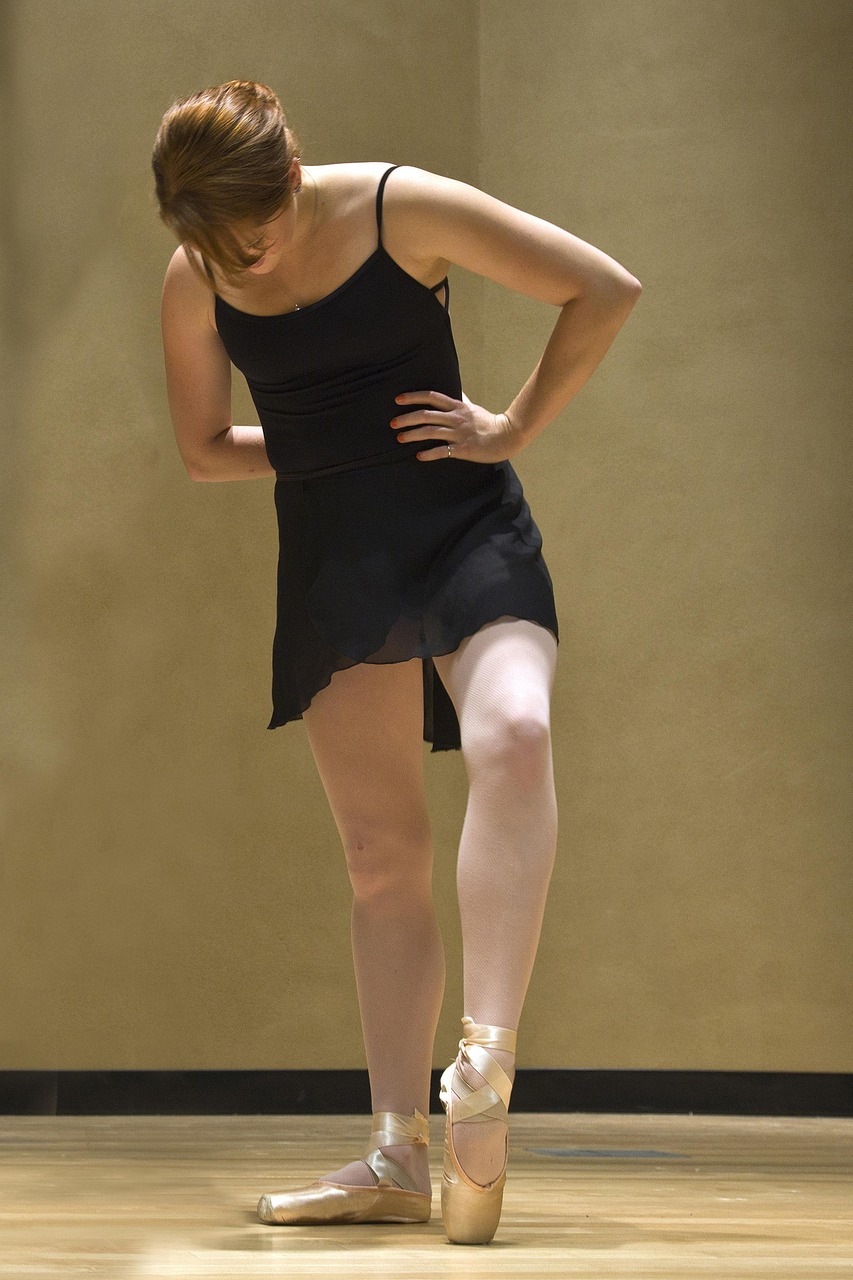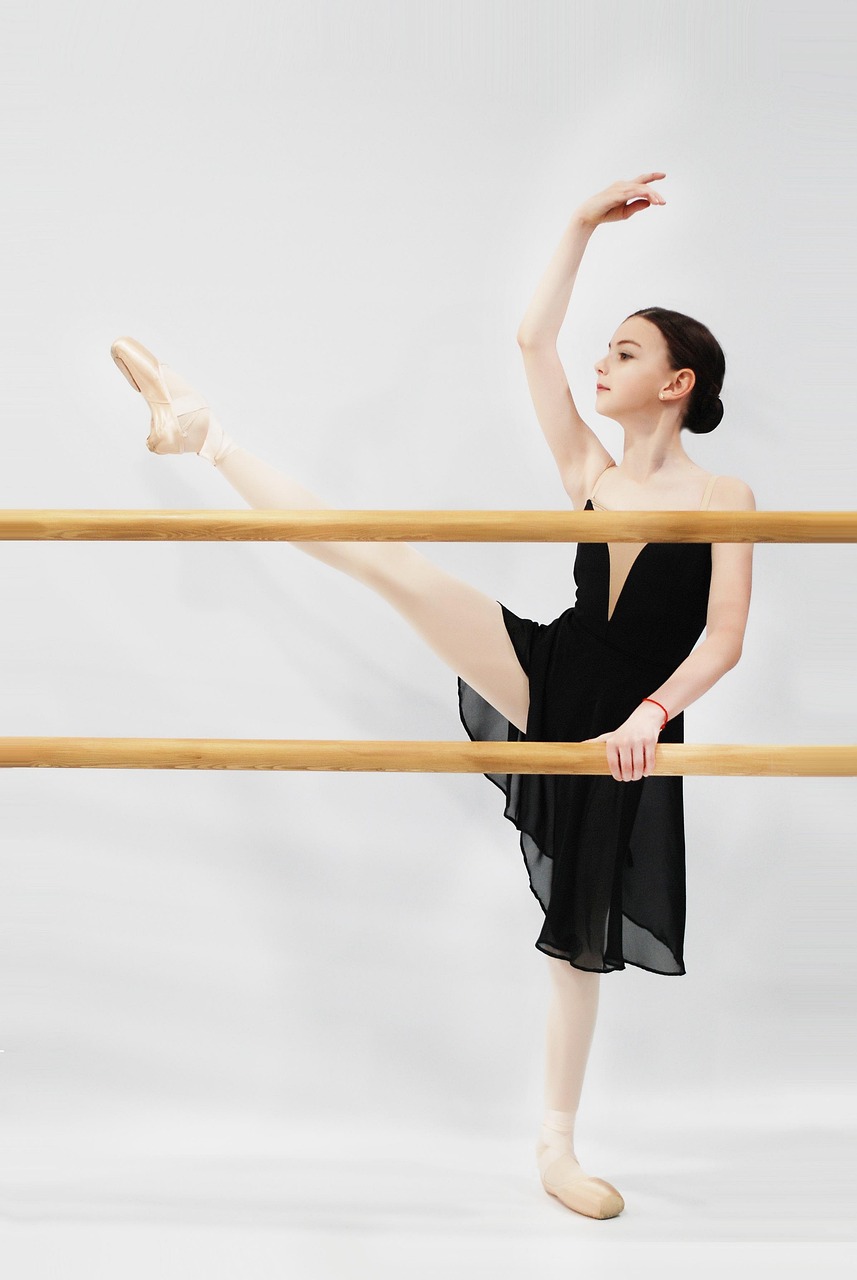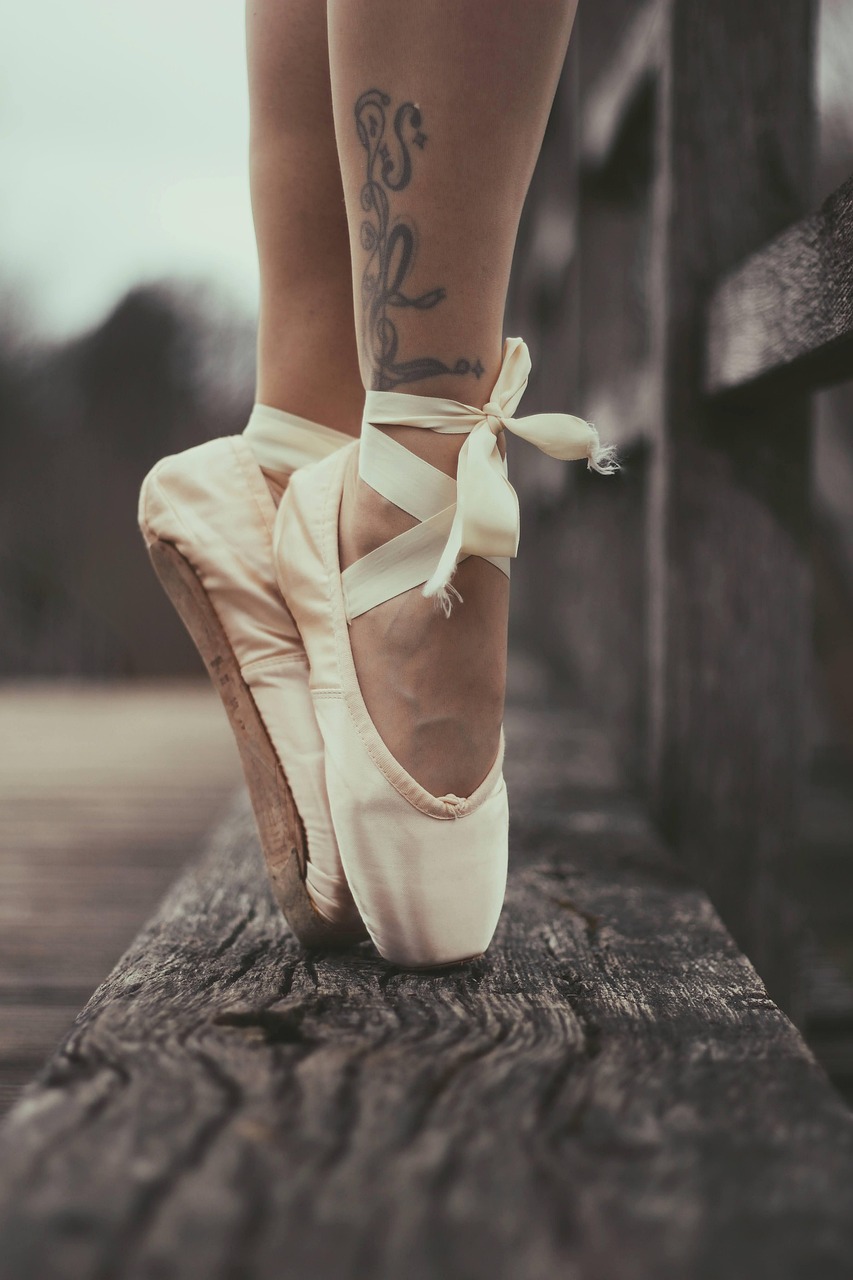TL;DR
- Home practice complements studio classes by reinforcing technique and building consistency.
- Start with short sessions focusing on warm-up, basic exercises, and cool-down.
- Include barre work, center exercises, and stretches for balanced development.
- Track progress and adjust routines as you improve.
- Prioritize safety and proper form to avoid injury.
Starting ballet is an exciting journey, but consistent practice is key to progress. While studio classes provide structure and correction, home practice allows you to reinforce skills, build muscle memory, and explore at your own pace. For beginners, home routines should be simple, safe, and focused on fundamentals. This guide outlines effective home practice routines that complement your in-studio learning, helping you develop strength, flexibility, and confidence.
Why Home Practice Matters for Beginners
Home practice bridges the gap between classes, ensuring you’re not starting from scratch each week. It helps solidify movements and prevents forgetting what you’ve learned.
- Reinforces Technique: Repetition at home builds muscle memory for positions and steps.
- Builds Consistency: Regular practice accelerates progress and keeps you motivated.
- Flexible Scheduling: Fit practice around your life without studio constraints.
- Cost-Effective: No equipment needed beyond basic items like a chair or wall for support.
Aim for 20-30 minute sessions, 3-4 times per week, focusing on quality over quantity.
Essential Warm-Up Routine
Always start with a warm-up to prepare your body and prevent injury. Spend 5-7 minutes on gentle movements.
- March in Place: Lift knees alternately while swinging arms, gradually increasing speed to raise heart rate.
- Arm Circles: Extend arms and make small to large circles forward and backward, loosening shoulders.
- Gentle Leg Swings: Hold onto a wall or chair, swing one leg forward/back and side to side to loosen hips.
- Neck and Shoulder Rolls: Roll head and shoulders to release tension.
Breathe deeply and focus on relaxing into the movements.
Basic Barre Exercises at Home
Use a sturdy chair, countertop, or wall as your “barre” for support. Perform each exercise for 8-16 counts per side.
- Pliés: Stand with feet in first position, bend knees while keeping heels down, then straighten. Repeat in second position.
- Tendus: Slide foot along the floor to point, then close. Practice slow and controlled.
- Dégagés: Lift foot to ankle height and lower, keeping leg straight. Add small kicks as you progress.
- Rond de Jambe: Draw a half-circle with your foot on the floor, then in the air.
Focus on posture: shoulders down, core engaged, and turnout from hips.
Center Floor Exercises
Move away from support for balance and coordination. Use a clear space and mirror if available.
- Relevés: Rise onto balls of feet and lower, practicing in first and fifth positions.
- Simple Turns: Practice quarter turns by spotting (focusing on a point and whipping head around).
- Port de Bras: Flowing arm movements—first position to second, overhead, and back—combined with head movements.
- Basic Jumps: Small sautés (jumps from two feet to two feet) to build explosive power.
Keep movements small and controlled; quality matters more than height or speed.
Flexibility and Cool-Down
End with stretching to improve range and aid recovery. Hold each stretch for 20-30 seconds.
- Hamstring Stretch: Sit with legs extended, reach toward toes, keeping back straight.
- Quad Stretch: Stand on one leg, pull the other heel toward glutes.
- Hip Opener: Butterfly stretch—sit with soles together, gently press knees down.
- Shoulder and Back Stretch: Thread arms overhead or do a gentle backbend over a chair.
Incorporate deep breathing to relax and reflect on your practice.
Sample Weekly Routine
Structure your week to include variety and rest. Adjust based on your schedule and energy.
- Monday (20 mins): Warm-up + Barre exercises + Cool-down.
- Wednesday (25 mins): Warm-up + Center exercises + Flexibility focus.
- Friday (15 mins): Quick review of favorite exercises + Stretches.
- Rest Days: Use for light walks or full recovery.
Track what you practice to see improvements over time.
Tips for Effective Home Practice
To make the most of your routines, keep these in mind:
- Create a Dedicated Space: Clear an area with good lighting and a mirror for self-correction.
- Use Free Resources: Watch beginner tutorials on YouTube or apps for guidance.
- Record Yourself: Film sessions occasionally to spot form issues.
- Stay Patient: Progress takes time; celebrate small victories.
- Listen to Your Body: Stop if something hurts and consult a professional if needed.
Conclusion
Home practice is a valuable tool for beginner ballet dancers, transforming casual interest into dedicated skill-building. By following these routines, you’ll develop a strong foundation that enhances your studio classes and fuels your passion for dance. Remember, consistency and enjoyment are key—practice with curiosity, and watch your ballet journey unfold beautifully. Keep dancing!



